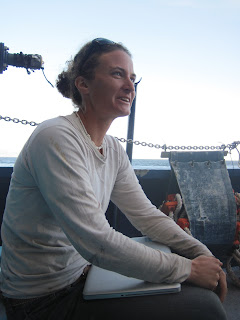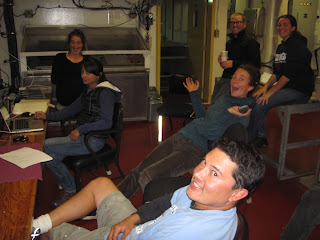Day 19- Interview
Ruth Musgrave (Chief Scientist)
Ruth Musgrave is PHD student at the University of California San Diego (UCSD) focusing on oceanographic fluid dynamics. Ruth was born in the west London, United Kingdom. From a young age Ruth was intrigued by math and the constant challenge that came with it. Moving to Australia at the age of 20 Ruth obtained a Bachelors in Science (BS) in physics from Melbourne University, followed by an honors in applied math from Monash University (Australia). Ruth worked as a Patent attorney for a year and dreaded every second of it. She moved to the United States to pursue a PHD which she is currently working on, and loves everything about it. "In most jobs you do the same thing every day, you're told what to do by your boss and do the same thing every day. My job is nothing like that and thats why I love it," -Ruth Musgrave.
Ruth's favorite places to travel are;
East Anglia, United Kingdom - To visit family
and Baja California, Mexico - because its wild, remote, you can get away and enjoy life.
"The ocean is full of the most incredible currents, It blows me away." -Ruth Musgrave
Ruth Musgrave
Enjoying a beautiful day
Hydroulic mixing (fluid dynamics)
Sunrise from the hot tub
#the_nightshift aka the 4am HOTUBBERS
Ruth and her many Teas getting work done
Ruth presenting her data from Mendocino Ridge
Downloading data
Chief scientist at work
Smile :)
Ruth operating the A-Frame























































